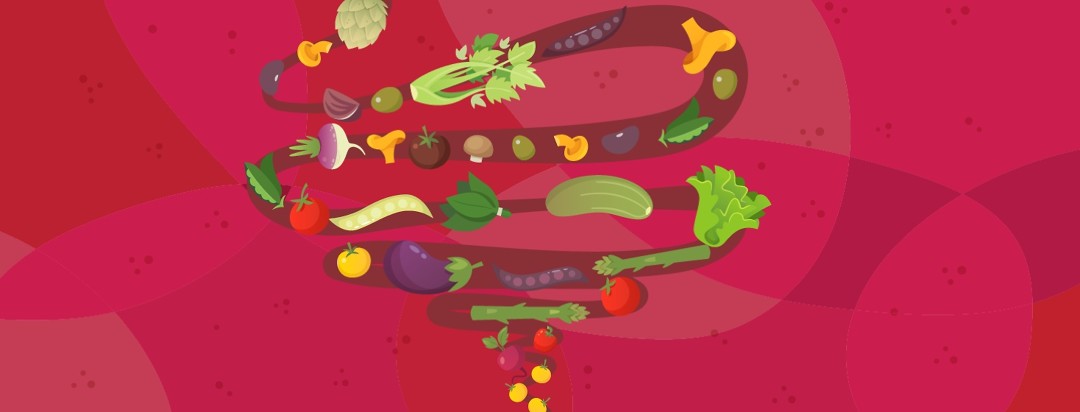Managing Endo Belly with The Low-FODMAP Diet: Part 1
Gastrointestinal problems are very common in women with endometriosis.1 Probably two-thirds of patients have intestinal cramping, diarrhea, constipation, or painful bowel movements, Dr. Ken Sinervo, medical director at the Center for Endometriosis in Atlanta, told me in February.
My chronic diarrhea resolved when I went vegan 20 years ago. But certain digestion problems only got worse when I switched to a plant-based diet. After describing my endometriosis and bloated belly to a gastroenterologist a few years ago, he nodded in recognition (finally!) and gave me a sheet of paper that changed my life. It was a list of foods to avoid on the low-FODMAP diet.
What does FODMAP mean?
The acronym stands for fermentable oligosaccharides, disaccharides, monosaccharides, and polyols.2 It refers to a group of carbohydrates that feed gut bacteria. The sugars and fibers in certain fruits and vegetables — along with lactose, wheat and artificial sweeteners — have higher concentrations of FODMAPs. When these mostly healthy foods are fermented during the digestion process, they cause the intestines to swell with gas and water.
A group of researchers at Australia’s Monash University came up with the diet to help ease symptoms in those with irritable bowel syndrome.3 But research — and my own experience — shows it might be helpful for those with endometriosis who also have gut challenges.4
Why FODMAP may trigger pain
A lot of the plant-based foods I was eating on the daily were on this list. And when I consumed high-FODMAP foods like apples, onions, beans — and a list too long to include here — my stomach would painfully swell. I used to measure it. It expanded four extra inches at its most distended. This only added to whatever endo cramping I already had. Functional MRI scans show that people with symptoms from irritable bowel syndrome, which often overlap with endometriosis, are overly sensitive to FODMAPs.5 Basically, what is a natural, pain-free digestion process in others, hurts more if you display this sensitivity.6
Before you try it
I'll go into more detail about my experience in the next story, but make sure you talk to a nutritionist before jumping into the low-FODMAP diet. It’s designed as a six-to-eight week elimination plan to help you identify your trigger foods. Hopefully, not everything on the list will cause you problems. To stay up-to-date, I use the Monash University FODMAP diet app to check approved foods.

Join the conversation